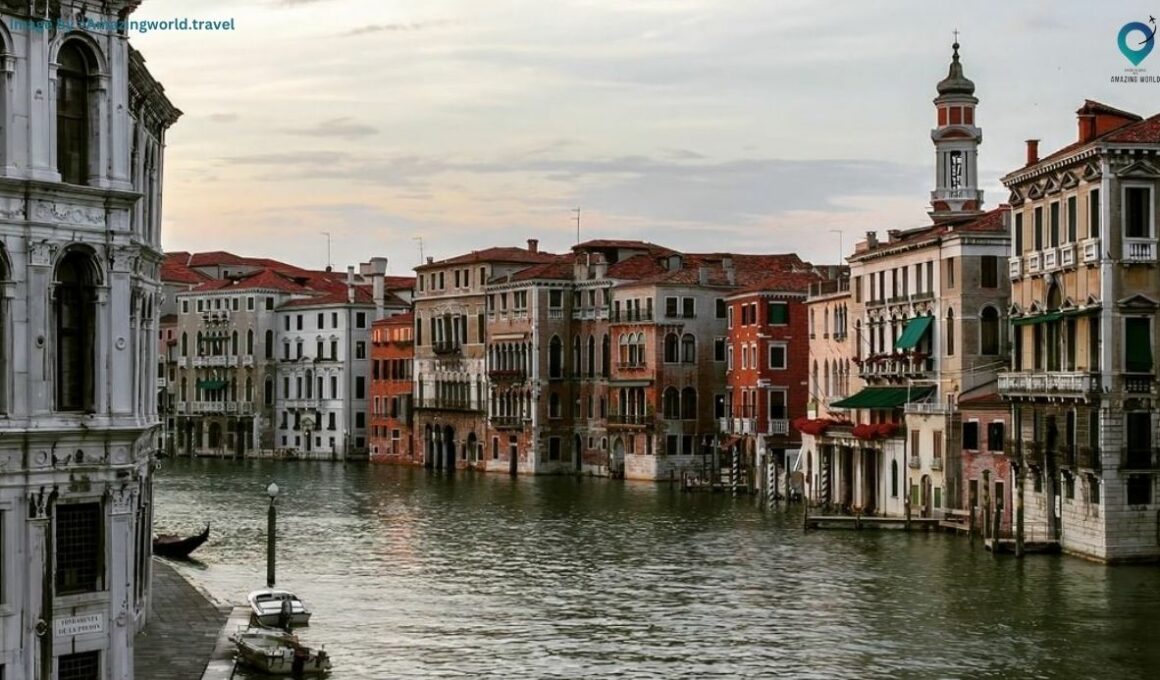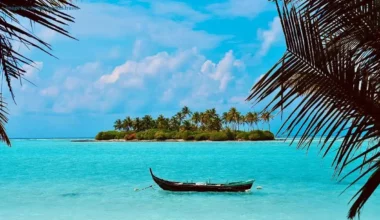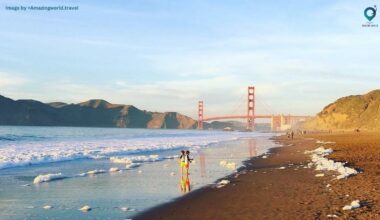Venice Canals are Dry: Everything Need to Know BEFORE Traveling in 2024

If you’re planning to visit Venice in 2024 and you’re aware of the unusual dryness of its iconic canals, then you should know that the Venice Canals are currently experiencing an exceptionally low tide, which is affecting the city’s usual aquatic charm.
Understanding what’s causing this phenomenon and how it impacts your visit is crucial. Therefore, delve into the insights and uncover everything you need to know before embarking on your Venetian adventure amidst the intriguing dry canals this year.
What are Venice Canals, Italy

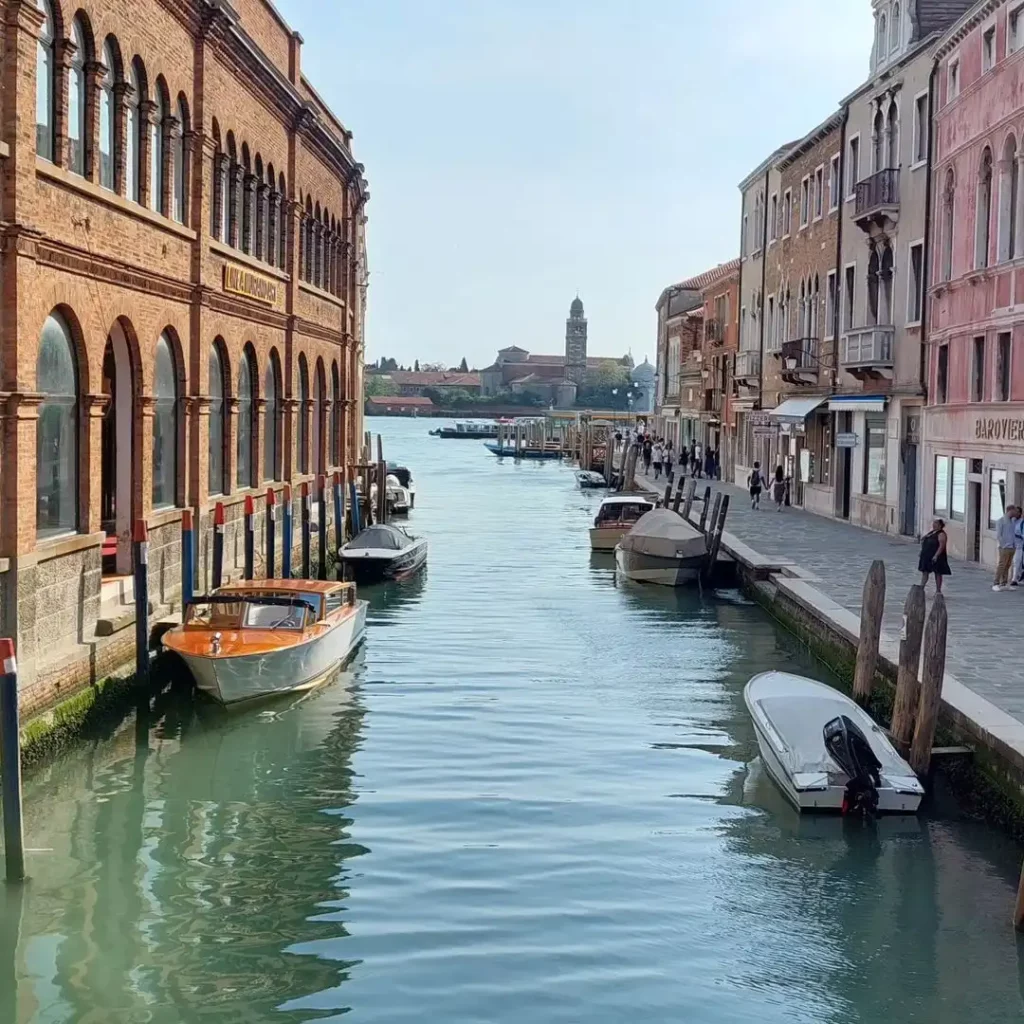
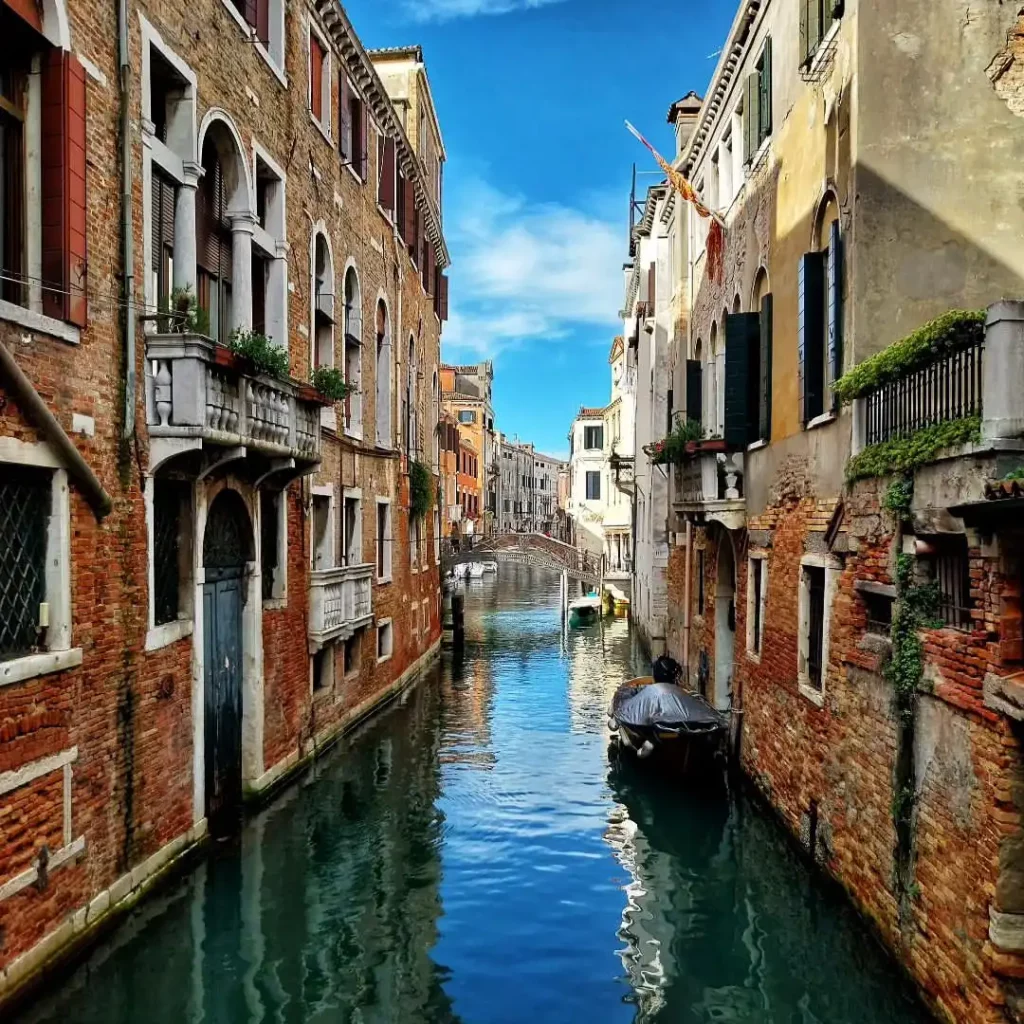
Venice, also known as the “City of Canals” or “The Floating City,” is a stunning destination in Italy. It’s famous for its winding waterways, stunning architecture, and picturesque bridges, attracting travelers from around the world.
The canals in Venice form a network of man-made waterways, acting as the city’s main streets for boats and gondolas. Initially built for transportation and trade, these canals have connected different parts of Venice for centuries, including the main islands and smaller islets in the Venetian Lagoon.
The primary canal, the Grand Canal (Canal Grande), meanders through Venice, dividing it into two parts with its elegant S-shape. This iconic waterway is lined with majestic palaces, historic buildings, and famous landmarks, providing a scenic route through the heart of the city.
Apart from the Grand Canal, Venice boasts several other significant waterways, such as the Cannaregio Canal linking to the city’s northern region and charming smaller canals like Rio di San Cassiano, Rio di San Polo, and Rio di San Severo. These smaller waterways wind through different neighborhoods, offering visitors delightful views and unique experiences.
The canals of Venice aren’t just functional passages but also major tourist attractions. They offer distinctive ways to explore the city, whether through romantic gondola rides, convenient water taxis called “vaporetti,” or strolls along the canal-side pathways and bridges.
Venice’s canals truly define the city’s charm, inviting travelers to immerse themselves in its beauty and history while traversing its iconic waterways.
The Importance of Venice Canals in Italy Attractions
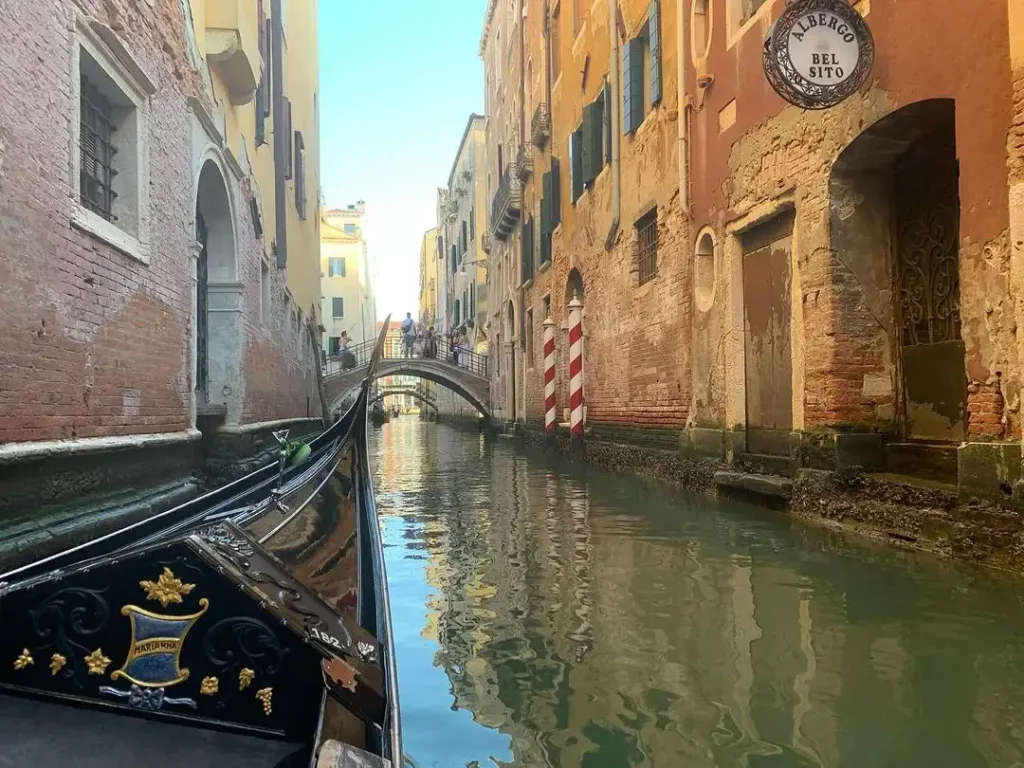

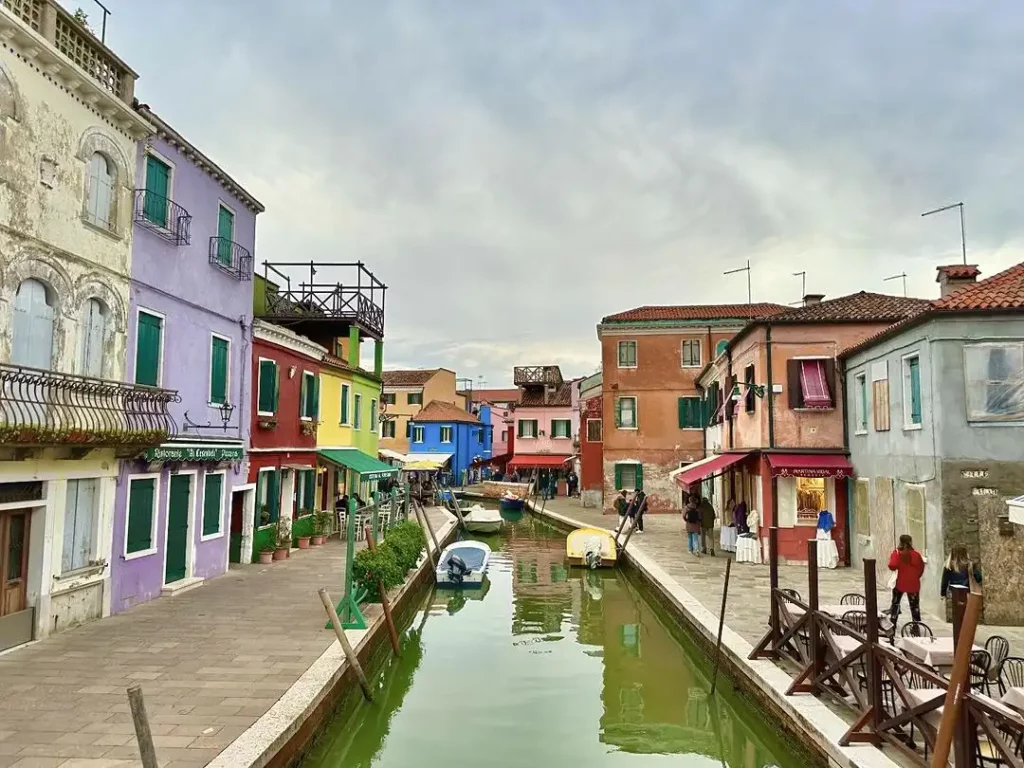
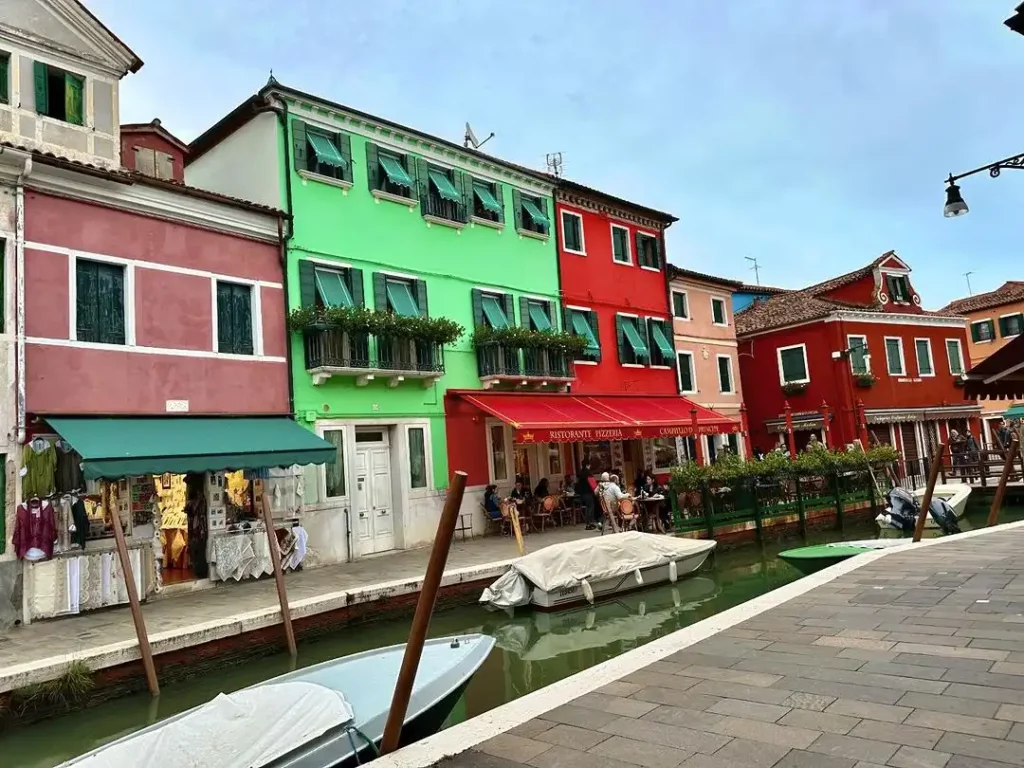
The Venice Canals in Italy hold immense significance as key attractions for visitors:
- Unique Urban Design: The canals serve as the lifeblood of Venice, forming the city’s primary mode of transportation. They are not just waterways but function as “streets,” offering a distinct and romantic means of exploring Venice’s enchanting landscape.
- Historical Significance: These canals have a rich history dating back centuries. Constructed for trade and travel, they facilitated the city’s growth as a maritime power, shaping Venice’s cultural and economic heritage.
- Architectural Marvels: Lined with awe-inspiring architecture, the canals showcase Venice’s diverse architectural styles, from Byzantine to Gothic and Renaissance. They feature magnificent palaces, churches, and historic structures that reflect the city’s opulent past.
- Cultural Experience: Visitors can immerse themselves in the city’s cultural offerings while traversing the canals. Art galleries, museums, and artisan workshops along the waterways provide insights into Venice’s artistic legacy and craftsmanship.
- Romantic Venetian Experience: Gondola rides along the canals offer an iconic and romantic experience, allowing travelers to appreciate the city’s beauty from a unique perspective.
- Intrinsic to Venetian Identity: The canals are inseparable from Venice’s identity. They represent not only a mode of transport but also a symbol of the city’s resilience, adaptability, and enduring allure.
- Tourist Attraction: The canals draw millions of tourists annually, captivating visitors with their scenic charm, picturesque bridges, and the vibrant ambiance of a city built on water.
The Venice Canals are integral to the city’s allure, encapsulating its history, culture, and distinctive character, making them a must-visit attraction for anyone exploring Italy.
The Reason Why Venice Canals Are Drying Up
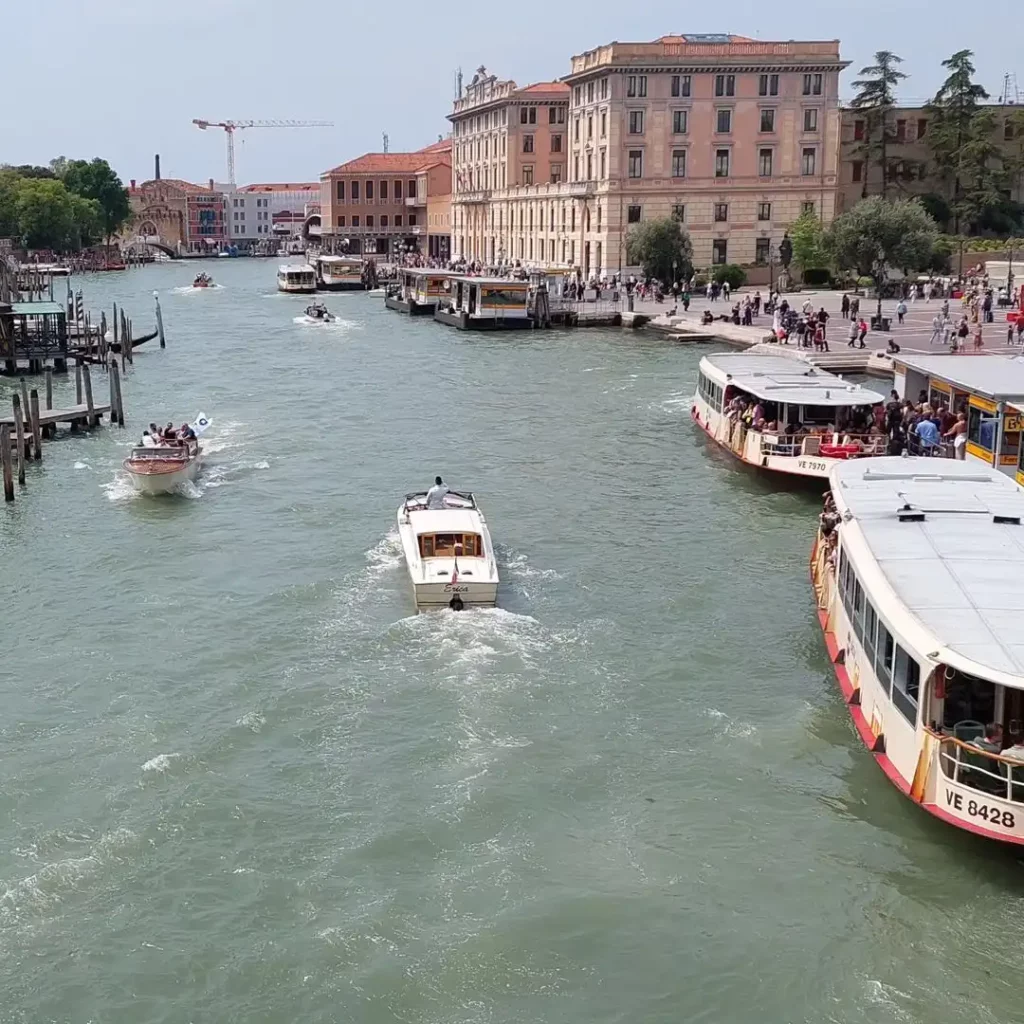
The Venice Canals’ drying up is due to a natural phenomenon known as “bassa marea” or low tide. This occurs when the water levels in the Venetian Lagoon, where Venice is situated, drop significantly below the average levels. Several factors contribute to this occurrence:
- High Pressure Weather Systems: Prolonged periods of high atmospheric pressure over Italy lead to lower water levels in the canals. The combination of low lunar tides and high-pressure systems causes a more pronounced decrease in water levels than usual.
- Seasonal Variations: Bassa marea is typically a winter phenomenon, often occurring in January and February. However, the extended duration of the low tide in recent times is attributed to an unusually prolonged high-pressure system over the region.
- Environmental Factors: While some associate the dry canals with climate change, experts highlight that this particular event may not directly result from it. However, the persistent high-pressure system causing a drought across Europe is indirectly linked to climate change. This extended dry period exacerbates the low water levels in the canals.
- Impact on Water Levels: When the tide is low, the water in the canals recedes, revealing the mud and sediment beneath. This natural occurrence exposes the less appealing side of the canals, but it’s considered a natural phenomenon rather than a human-induced issue.
- Temporary Nature: Typically, this low tide period lasts only a few days. However, the current prolonged period of bassa marea is exceptional due to the lasting high-pressure area over Italy, causing the water levels to remain significantly lower for an extended period.
In essence, while climate change may contribute indirectly through its impact on weather patterns, the primary cause of the Venice Canals drying up is an extended period of high-pressure systems affecting the natural ebb and flow of water levels in the Venetian Lagoon, resulting in lower-than-average water levels in the canals.
How Does It Affect Your Visit?

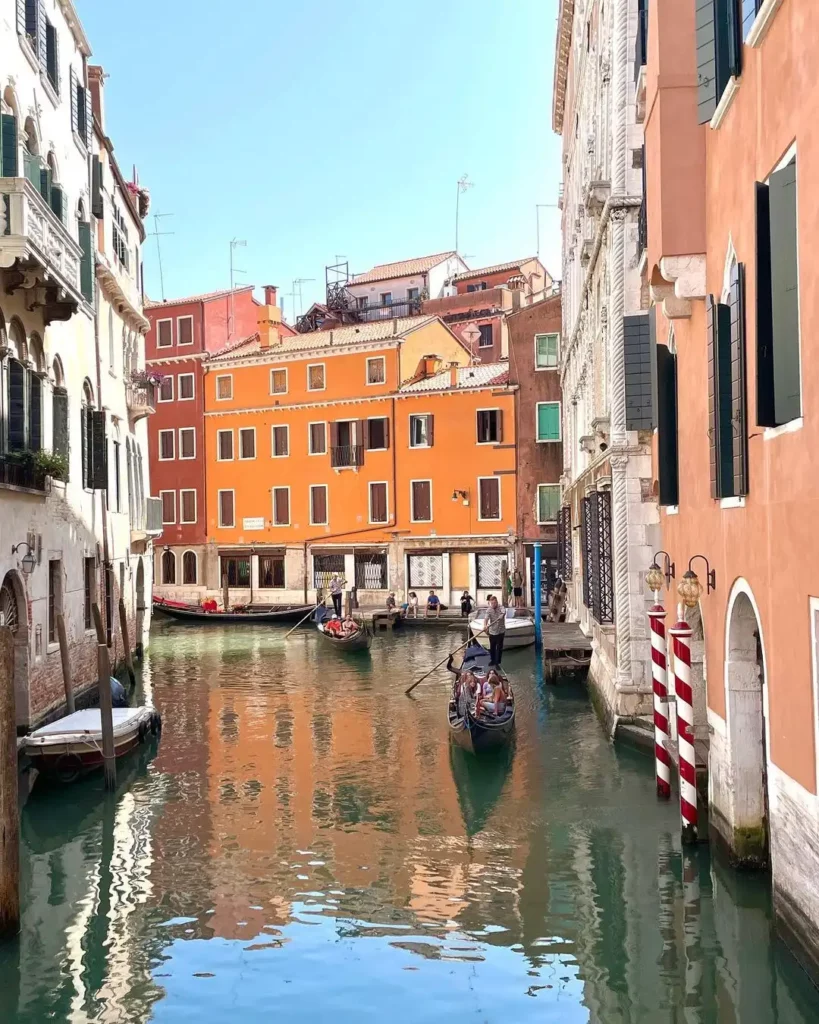
The low water levels in the Venice Canals can influence your visit in several ways:
- Gondola Rides: Timing becomes crucial for enjoying a gondola ride. It’s advisable to plan rides closer to high tide periods to experience more water in the canals. Apps like hi!tide Venice can help track water levels for optimal timing.
- Canal Exploration: During very low tides, exploring smaller offshoot canals might be less ideal due to more pronounced fluctuations in water levels. On regular days, these smaller canals often offer a more intimate and atmospheric experience compared to the bustling Grand Canal.
- Transportation Interruptions: Extremely low water levels might temporarily affect boat transportation. Vaporetti (water buses) may be diverted or encounter restrictions along certain routes.
- Sightseeing Opportunities: While the dry canals might seem less appealing initially, they also reveal hidden details of the city. Exposed architectural elements, such as carved decorations or structures, become visible, offering unique photo opportunities and insights into the city’s hidden beauty.
- Alternative Experiences: Embrace opportunities beyond canal-centric activities. Explore Venice’s diverse cultural and historical attractions, visit museums, and art galleries, or take waterbus trips to the outer islands like Murano and Burano, renowned for their glassmaking and colorful houses, respectively.
- Adaptive Planning: Consider adjusting your itinerary or activities based on water levels. Explore the city on foot, enjoy the picturesque bridges and pathways along the canals, or engage in indoor activities during periods of exceptionally low tide.
Ultimately, while the low water levels in the Venice Canals might alter the traditional experience and restrict some water-based activities, it also presents a chance to explore Venice from a different perspective, uncovering hidden details and enjoying alternative attractions beyond the canals. Flexibility and adaptability in planning can enhance your overall experience while visiting Venice during this period of low water levels.
Venice’s Beloved Canals Are Drying Up — See the Photos


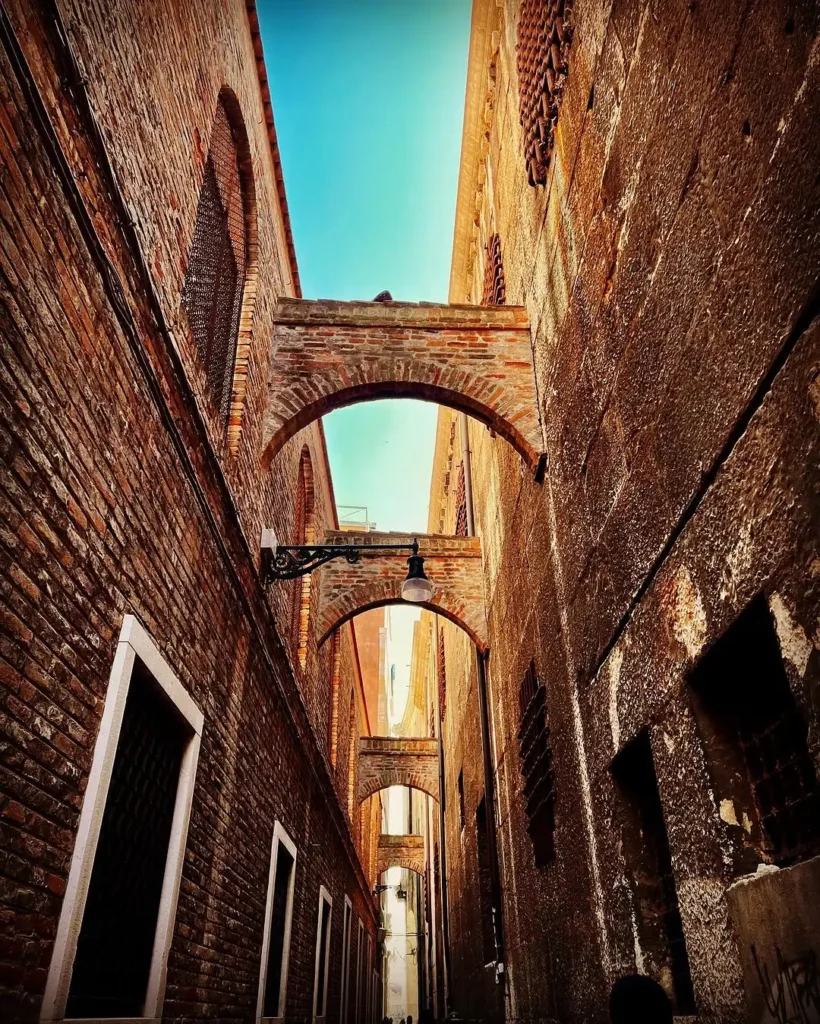
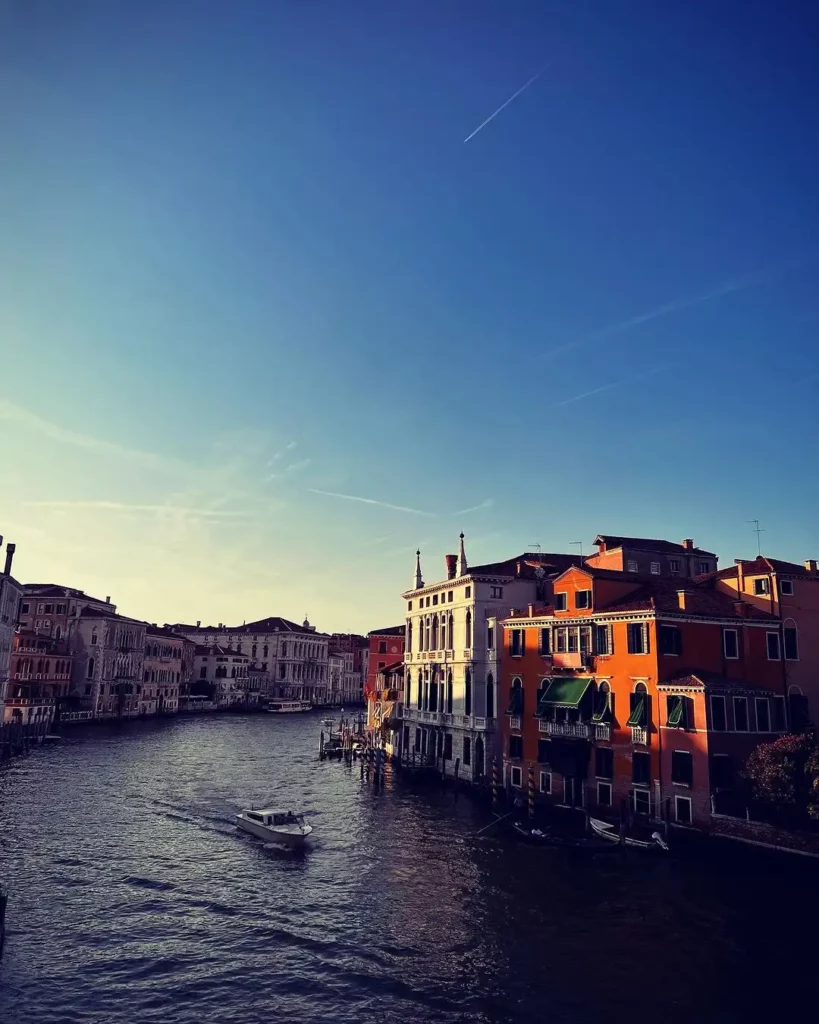


Practical Tips for Travelers (What need to know Before Visiting in 2024)
Here are some practical tips for travelers to consider before visiting Venice in 2024 due to the ongoing low water levels in the canals:
- Optimal Timing for Gondola Rides: Plan gondola rides closer to high tide periods to ensure a more immersive and water-filled experience. Use apps like hi!tide Venice to track water levels and choose the best time for your rides.
- Canal Exploration Strategies: During very low tides, prioritize exploring larger canals like the Grand Canal for a better water level experience. Smaller offshoot canals might have more fluctuating water levels, impacting the gondola ride’s quality.
- Stay Informed About Transportation: Stay updated on potential disruptions or alterations in water transportation routes due to low water levels. Transportation companies like ACTV might send alerts through apps like Telegram for any route changes.
- Sightseeing Adaptations: Embrace the unique sights exposed by low water levels. Explore hidden architectural details and elements that are typically submerged, capturing distinct photographs of the city’s lesser-seen side.
- Diversify Your Itinerary: Beyond canal-based activities, explore Venice’s rich cultural and historical attractions. Visit museums, art galleries, churches, and iconic landmarks to make the most of your visit.
- Flexibility in Planning: Be flexible with your itinerary and activities. Consider exploring the city on foot, admiring the beauty of the canal-side pathways, bridges, and charming neighborhoods that may be more accessible during low tide periods.
- Appreciate Alternative Experiences: Engage in activities not solely reliant on canal conditions. Take waterbus trips to outer islands like Murano or Burano, offering unique experiences such as glassmaking demonstrations and vibrant, colorful houses.
- Check Local Updates: Stay informed about the situation through local sources, tourist information centers, or reliable travel forums to adapt plans based on current conditions.
By staying informed, being flexible, and diversifying your activities beyond canal exploration, you can maximize your visit to Venice, despite the low water levels in the canals. Adaptability and an open mindset will allow you to enjoy the city’s beauty and unique offerings during this period.
Conclusion.
Visiting Venice in 2024 during the low water levels in the canals provides a unique opportunity to experience the city from a different perspective. While the drying canals might seem like a challenge at first, they reveal a distinct side of Venice, showcasing hidden architectural details and allowing visitors to explore the city’s resilience and adaptability.
By following practical tips such as timing gondola rides strategically, staying updated about transportation changes, and diversifying your itinerary to explore cultural and historical attractions, travelers can make the most of their visit. Embrace the exposed beauty of the canals, adapt to alternative experiences, and appreciate the charm that Venice has to offer beyond its waterways.
Despite the temporary changes in the canals, Venice’s allure remains intact. By being adaptable, flexible, and open to exploration, visitors can create unforgettable experiences, discovering the city’s rich cultural heritage, captivating architecture, and unique character during this time of low water levels in the canals. Ultimately, Venice continues to enchant travelers, inviting them to discover its timeless beauty in new and unexpected ways.
How much did you like Our detailed Venice Canals: What Travelers can expect when visiting 2024? Please share your view in the comment box. Also, please share these Blogs with your friends on social media.
Recommended
- 2 Weeks Couples Vacation in Bali |Things to Explore, Stay & Avoid
- 20 tourist attractions place to visit in Birmingham| City of England

Meet David Hoper, a passionate travel Blog writer with 7+ years of experience in travel content. Through his exemplary storytelling and engaging narratives, he shares his experiences and brings destinations to life. With a keen eye for detail and a love for exploration, he has cultivated a diverse portfolio of travel blogs that inspire and inform readers worldwide.
